Quán này nổi tiếng về dimsum, đây là chi nhánh ở nhà hàng ở Thái. Nhà hàng chính bên Hong Kong được 1 sao Michelin, tụi mình thích lắm mà chưa có dịp đi ăn thử.
Địa chỉ:
Floor 3, Terminal 21, 288 Soi Sukhumvit 19, Khlong Toei Nuea, Watthana, Bangkok 10110, Thái Lan
Sau đây là 1 vài đánh giá của tụi mình:
Không gian: Tàu điện ngầm có 1 trạm dừng ngay trung tâm thương mại này luôn, nên rất dễ đi. Khi đi vào có 1 thang cuốn lên từng tầng và 1 thang cuốn lên thẳng tầng 3, nhìn bên tay trái là thấy nhà hàng.
Quán khá rộng, nhiều bàn, lượng khách lai rai, đi nhiều lần chưa thấy full bao giờ nên cũng thoải mái. Trang trí không có gì đặc biệt, sáng sủa, sạch sẽ. Bàn ngồi 2 người thì hơi nhỏ chút nhưng cũng ổn, không đến nỗi khó chịu.
Phục vụ:
Bình thường, món lên nhanh, liên tục.
Thực đơn:
Thực đơn khá đơn giản, chỉ có 1 tờ giấy A4 1 mặt. Sau đó quán phát thêm 1 tờ giấy để mình ghi số lượng món cần ăn như bên dưới (giống bên Din Tai Fung). Mình đi mấy lần thấy thực đơn không thay đổi nhiều, 1 số món yêu thích lâu lâu quay lại thì không thấy nữa.
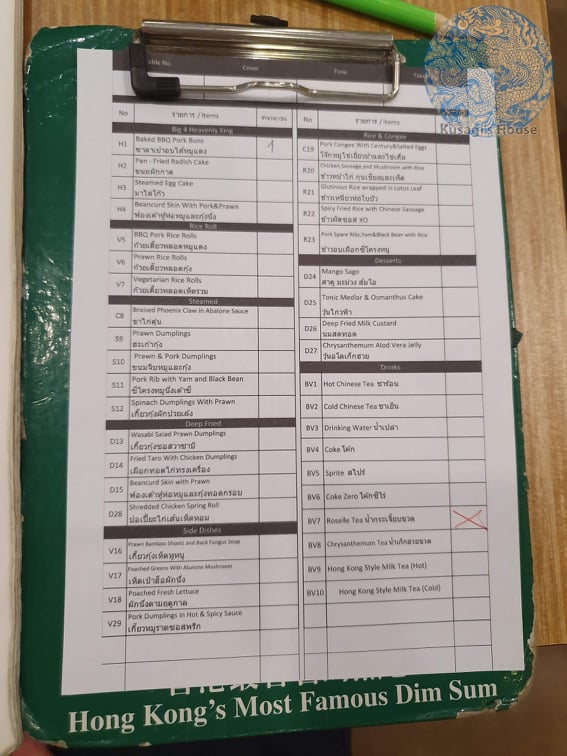
Món ăn:
Về thức uống mình từng uống thử nước lúa mạch và trà sữa ở đây. Mình thích vị trà sữa hơn, ngọt vừa, mùi trà thơm đậm, nước lúa mạch uống ngán ngán giống màu cháo, vị như sữa lợ lợ, không thích lắm.
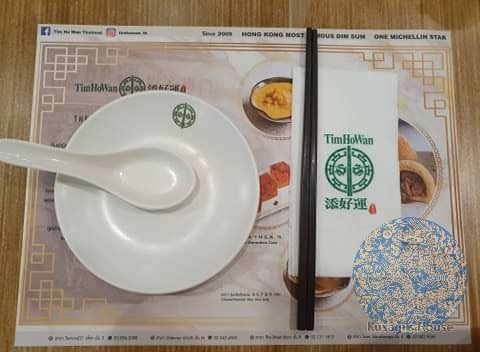

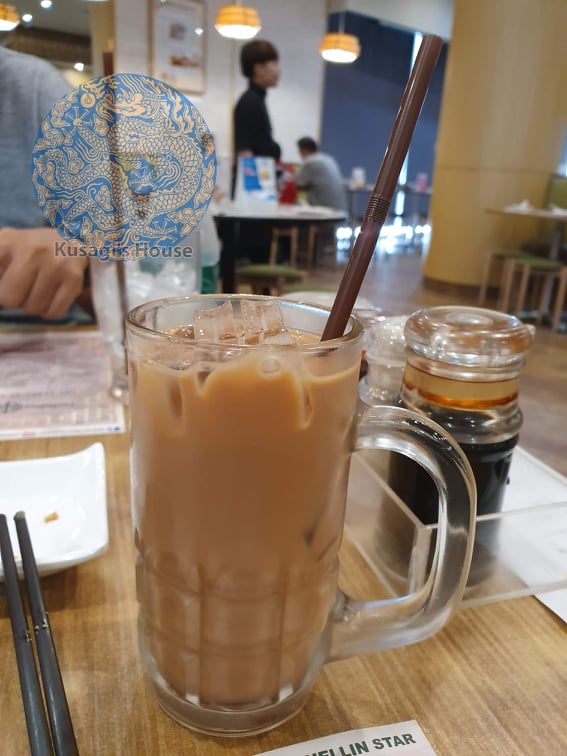
Milk Tea – 65B
Pork Buns: (bánh bao chiên): nhà hàng này có 1 số món signature, có dấu stick trên menu, món này hình như cũng là 1 trong số đó. Bột bánh béo, giòn rụm, bên trong sốt thịt đậm đà, mặn mặn, ngọt ngọt, thơm.

Pork Buns – 120B 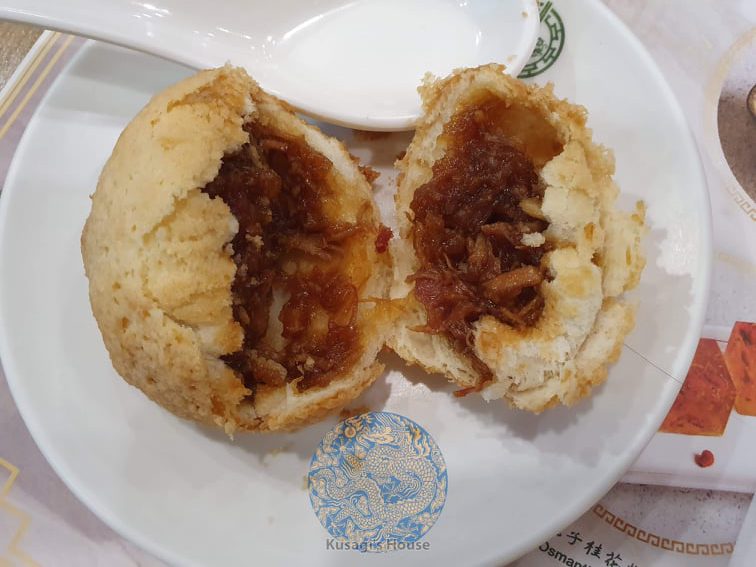
Sumai & Prawn Dumpling (Xíu mại tôm thịt và há cảo tôm): xíu mại tôm thịt nhìn hấp dẫn, ướp vừa miệng rồi, có thể chấm thêm 1 tí. Há cảo lớp bột mỏng, dẻo, tôm tươi, ăn như trôi tuột vô miệng.

Sumai – 120B 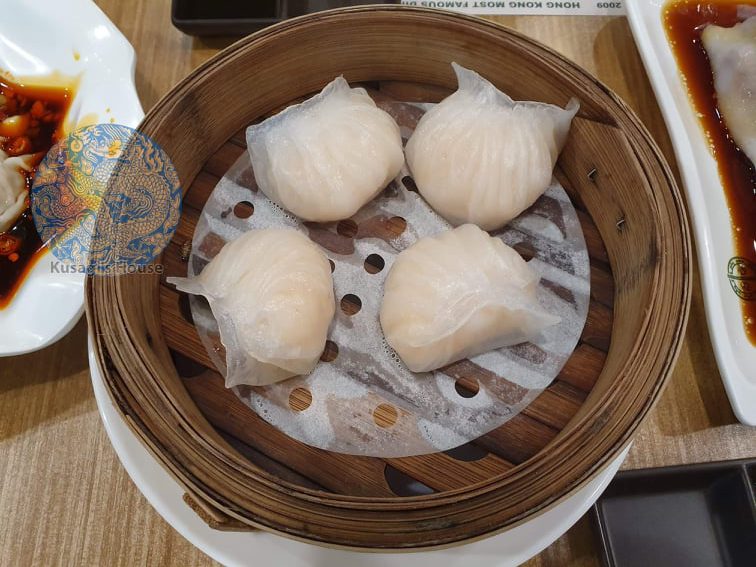
Prawn Dumpling – 130B
- Beancurd Skin with Pork & Prawn (Tàu hủ ky cuộn tôm thịt): mình thích tàu hủ ky nên gọi món này, cũng vẫn là tôm thịt lần này được cuộn trong tàu hũ ky chiên. Có chút giòn, chút béo, tôm tươi, dai, vị đậm.
- BBQ Pork Rice Rolls (Bánh ướt cuốn thịt heo): lúc trước có phiên bản cuốn gan, mình thích ăn hơn, giờ quán bỏ món này rồi. Công nhận lớp bột tráng ở đây mướt, mỏng vừa phải nên ăn ngon. Sau khi bưng ra nhân viên đổ nước sốt lên nên còn nóng hổi, sốt có pha chút vị giấm chua chua.
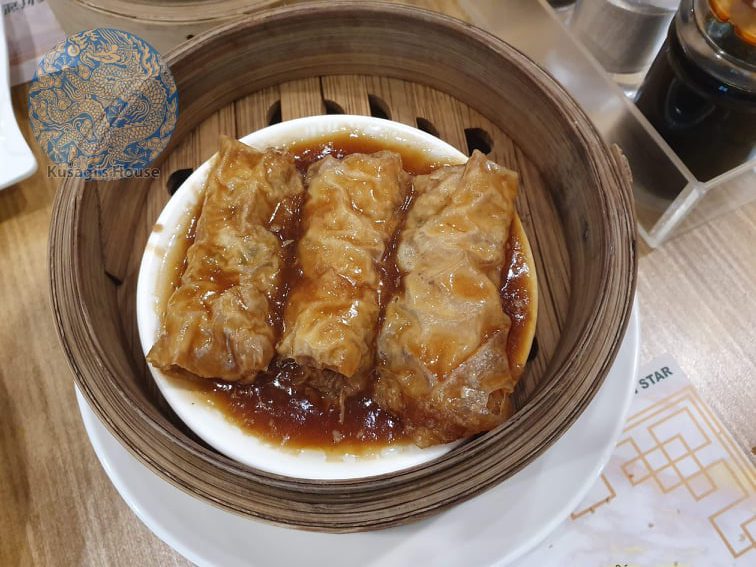
Beancurd Skin with Pork & Prawn – 120B 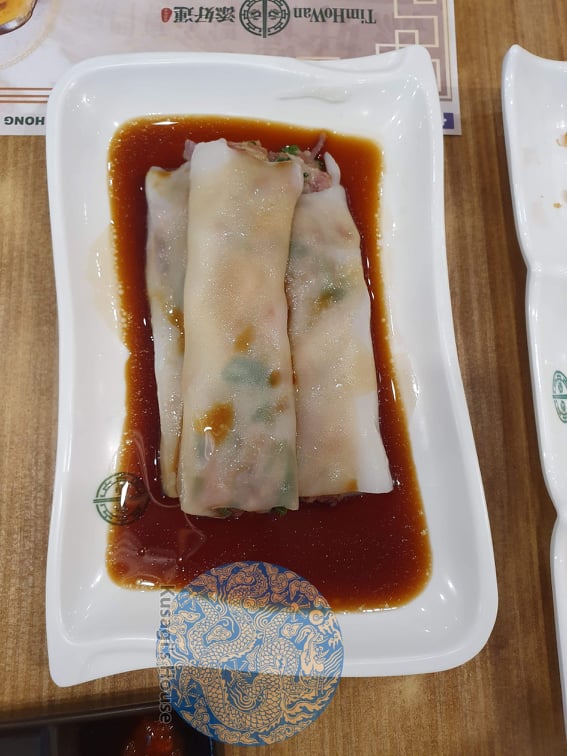
BBQ Pork Rice Rolls – 130B
Pork Dumpling in Hot & Spicy Sauce (Hoành thánh ăn kèm sốt Tứ Xuyên): món trên ăn há cảo tôm hấp rồi nên món này mình chọn hoành thánh thịt heo. Món này ăn kèm sốt chua cay Tứ Xuyên, khá thấm, sốt Tứ Xuyên ở đây ăn được, chủ yếu mình muốn ăn thử món này ở đây.
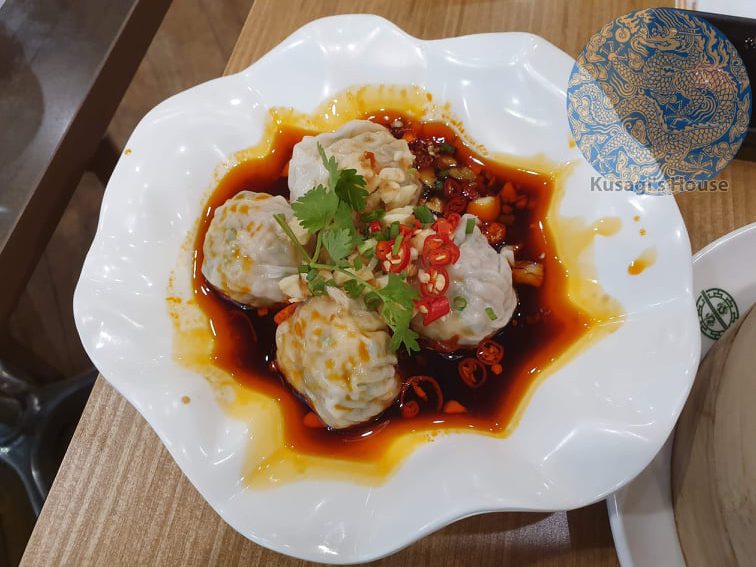
Mango Sago (chè xoài với bưởi): chè được bỏ trong tủ lạnh cho mát rồi dọn ra, không kèm đá. Ăn mát, vị ngọt ngọt, có chút xác bưởi đắng đắng, màu tươi, đẹp, ngon.
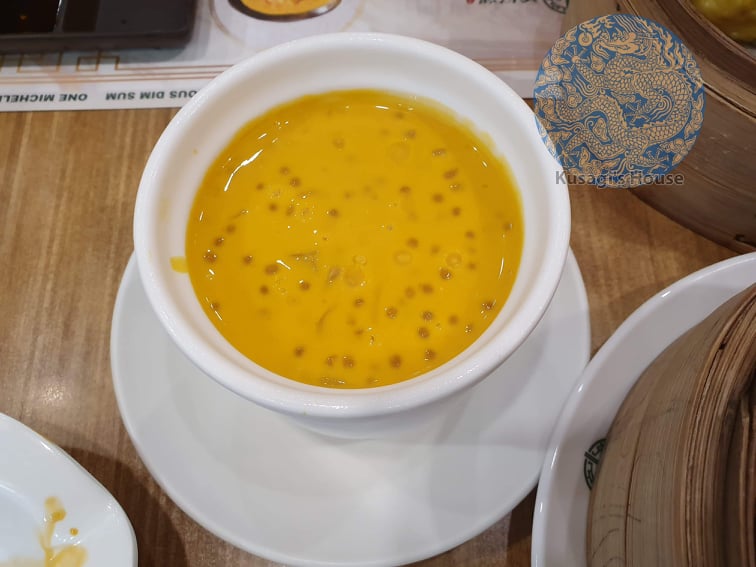
Giá cả: nếu so với những quán Dimsum ngon ở VN thì giá này quá hợp lý, thậm chí còn rẻ hơn. Ăn no căng, chất lượng, ăn ở đây rồi về VN khó tìm được chỗ ăn dimsum ngon bằng hoặc hơn. Thiệt hại: ~979.05Bath/ 2 người, khoảng 730k VND. Giá trên hình/menu chưa bao gồm 7% VAT và 10% phí phục vụ. Sử dụng thẻ Citibank thì được giảm 10% khi thanh toán.
Cảm ơn các bạn đã đọc bài viết. Hẹn gặp các bạn ở bài review tiếp theo.
Usagi


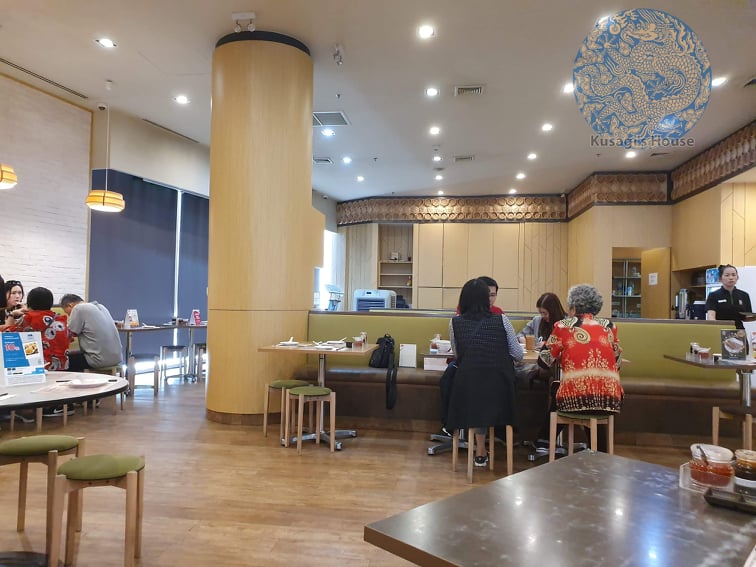
important site https://web-sollet.com/
Автор предоставляет достаточно контекста и фактов, чтобы читатель мог сформировать собственное мнение.
my company https://web-lumiwallet.com/
Автор старается быть нейтральным, что помогает читателям лучше понять обсуждаемую тему.
Fantastic blog you have here but I was curious if you knew of any user discussion forums that cover the same topics discussed here? I’d really love to be a part of online community where I can get suggestions from other experienced individuals that share the same interest. If you have any recommendations, please let me know. Thanks a lot!
Спасибо за эту статью! Она превзошла мои ожидания. Информация была представлена кратко и ясно, и я оставил эту статью с более глубоким пониманием темы. Отличная работа!
I do trust all the ideas you have offered to your post. They are very convincing and will certainly work. Nonetheless, the posts are too quick for starters. May just you please prolong them a little from subsequent time? Thank you for the post.
Автор предлагает читателю дополнительные ресурсы для глубокого погружения в тему.
Автор статьи представляет данные и факты с акцентом на объективность.
Я не могу не отметить качество исследования, представленного в этой статье. Автор использовал надежные источники и предоставил нам актуальную информацию. Большое спасибо за такой надежный и информативный материал!
Throughout summer, the last point you want is a sweaty, awkward home.
inderal online buy – methotrexate uk buy methotrexate generic
check my reference merrill lynch login
dexguru crypto analytics
iZiSwap crypto
iZiSwap trading
iZiSwap liquidity
Why axolotls seem to be everywhere — except in the one lake they call home
русский анальный секс
Scientist Dr. Randal Voss gets the occasional reminder that he’s working with a kind of superstar. When he does outreach events with his laboratory, he encounters people who are keen to meet his research subjects: aquatic salamanders called axolotls.
The amphibians’ fans tell Voss that they know the animals from the internet, or from caricatures or stuffed animals, exclaiming, “‘They’re so adorable, we love them,’” said Voss, a professor of neuroscience at the University of Kentucky College of Medicine. “People are drawn to them.”
Take one look at an axolotl, and it’s easy to see why it’s so popular. With their wide eyes, upturned mouths and pastel pink coloring, axolotls look cheerful and vaguely Muppet-like.
They’ve skyrocketed in pop culture fame, in part thanks to the addition of axolotls to the video game Minecraft in 2021. These unusual salamanders are now found everywhere from Girl Scout patches to hot water bottles. But there’s more to axolotls than meets the eye: Their story is one of scientific discovery, exploitation of the natural world, and the work to rebuild humans’ connection with nature.
A scientific mystery
Axolotl is a word from Nahuatl, the Indigenous Mexican language spoken by the Aztecs and an estimated 1.5 million people today. The animals are named for the Aztec god Xolotl, who was said to transform into a salamander. The original Nahuatl pronunciation is “AH-show-LOAT”; in English, “ACK-suh-LAHT-uhl” is commonly used.
Axolotls are members of a class of animals called amphibians, which also includes frogs. Amphibians lay their jelly-like eggs in water, and the eggs hatch into water-dwelling larval states. (In frogs, these larvae are called tadpoles.)
Most amphibians, once they reach adulthood, are able to move to land. Since they breathe, in part, by absorbing oxygen through their moist skin, they tend to stay near water.
Axolotls, however, never complete the metamorphosis to a land-dwelling adult form and spend their whole lives in the water.
“They maintain their juvenile look throughout the course of their life,” Voss said. “They’re teenagers, at least in appearance, until they die.”
Axolotl problems
As Mexico City grew and became more industrialized, the need for water brought pumps and pipes to the lake, and eventually, “it was like a bad, smelly pond with rotten water,” Zambrano said. “All of our aquatic animals suffer with bad water quality, but amphibians suffer more because they have to breathe with the skin.”
гей порно парни
To add to the axolotls’ problems, invasive fish species such as carp and tilapia were introduced to the lake, where they feed on axolotl eggs. And a 1985 earthquake in Mexico City displaced thousands of people, who found new homes in the area around the lake, further contributing to the destruction of the axolotls’ habitat.
These combined threats have devastated axolotl populations. According to the International Union for Conservation of Nature, there are fewer than 100 adult axolotls left in the wild. The species is considered critically endangered.
While the wild axolotls of Lake Xochimilco have dwindled to near-extinction, countless axolotls have been bred for scientific laboratories and the pet trade. “The axolotl essentially helped establish the field of experimental zoology,” Voss said.
In 1864, a French army officer brought live axolotls back to Europe, where scientists were surprised to learn that the seemingly juvenile aquatic salamanders were capable of reproduction. Since then, scientists around the world have studied axolotls and their DNA to learn about the salamanders’ unusual metamorphosis (or lack thereof) as well as their ability to regrow injured body parts.
In addition to their role in labs, axolotls have become popular in the exotic pet trade (though they are illegal to own in California, Maine, New Jersey and Washington, DC). However, the axolotls you might find at a pet shop are different from their wild relatives in Lake Xochimilco. Most wild axolotls are a dark grayish brown. The famous pink axolotls, as well as other color variants such as white, blue, yellow and black, are genetic anomalies that are rare in the wild but selectively bred for in the pet trade.
What’s more, “most of the animals in the pet trade have a very small genetic variance,” Zambrano said. Pet axolotls tend to be inbred and lack the wide flow of different genes that makes up a healthy population in the wild. That means that the axolotl extinction crisis can’t simply be solved by dumping pet axolotls into Lake Xochimilco. (Plus, the pet axolotls likely wouldn’t fare well with the poor habitat conditions in the lake.)
Fame and misfortune
The difficulties that axolotls face in the wild are almost diametrically opposed to the fame they’ve found in recent years. Axolotls have captured the human imagination for centuries, as evidenced by their roles in Aztec religion and stories, but the early 21st century seems to be a high point for them. An axolotl graces the 50 peso bill. There are axolotl-inspired Pokemon, and Reddit commenters have noted that the character Toothless from the “How to Train Your Dragon” movie series is distinctly axolotl-like.
The introduction of axolotls to Minecraft in 2021 neatly mapped onto an uptick in Google searches for the animals, and social media makes it easy for people to gain access to photos and videos of the salamanders, particularly the photogenic pink ones often kept as pets.
The axolotl pet trade probably doesn’t directly harm the wild populations since wild salamanders aren’t being poached or taken from Lake Xochimilco. However, Zambrano said, axolotls’ ubiquity in pop culture and pet stores might make people assume that because axolotls “live in all the tanks around the world, they are not in danger.”
You must likewise make certain it has a color to aid it
continue to be reliable.